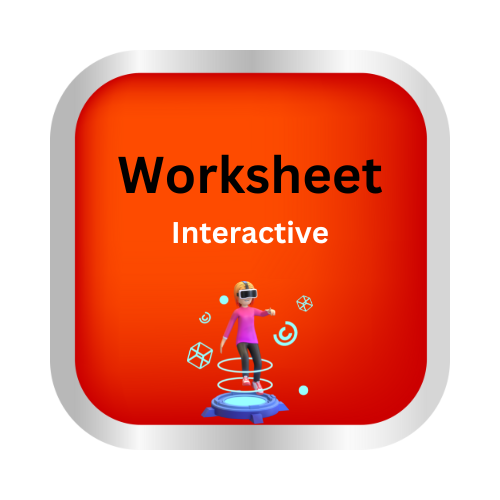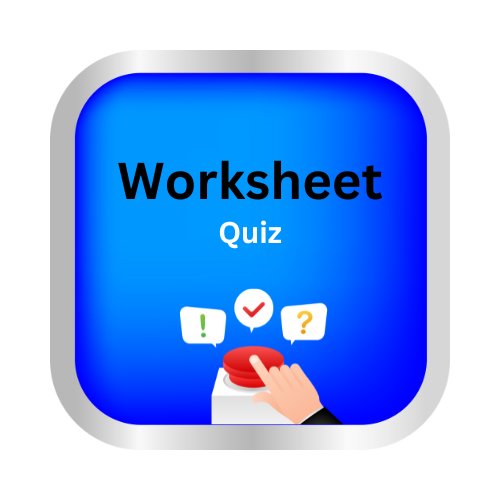Schedules and timelines – 12-hour time
key notes :
🕒 1. Understanding 12-Hour Time Format
- The 12-hour clock divides the day into two parts:
- AM (Ante Meridiem): Midnight to Noon (12:00 AM – 11:59 AM)
- PM (Post Meridiem): Noon to Midnight (12:00 PM – 11:59 PM)
- 12:00 AM = Midnight
- 12:00 PM = Noon
📅 2. Reading and Writing Time
- Time is written as hh:mm AM/PM (hours and minutes).
- Example: 7:30 AM (morning) and 4:45 PM (afternoon/evening).
- Minutes are counted from 0 to 59.
🛠️ 3. Converting Between 12-Hour and 24-Hour Time
- 12-hour time is common in daily life (e.g., school schedules).
- 24-hour time (military time) doesn’t use AM/PM:
- 2:00 PM → 14:00
- 11:45 AM → 11:45 (unchanged)
🗓️ 4. Creating Schedules
- Timetables list events and times in sequence.
- Example:
- 8:00 AM – School starts
- 10:15 AM – Break time
- 12:30 PM – Lunch
- 2:45 PM – School ends
- Example:
- Always double-check AM/PM to avoid mistakes.
⏳ 5. Understanding Timelines
- A timeline shows events in chronological order (time sequence).
- Example: A daily routine timeline from 6:30 AM (wake up) to 9:00 PM (bedtime).
- Timelines use intervals — like every 30 minutes or 1 hour — to organize events.
Learn with an example
➡️ Look at Jasper’s timeline. Select the event that happens between 6 A.M. and 8 A.M.

Find 6 A.M. and 8 A.M. on the timeline. The event between 6 A.M. and 8 A.M. is “goes to gym.”
➡️ Look at Rosie’s timeline. Select the event that happens last.

The last event is “watches film.”
➡️ Look at Rebecca’s timeline.

Does Rebecca have a snack before or after 6 P.M.?
- before
- after
Find “has snack” on the timeline. It is to the left of 6 P.M.. It happens earlier. Rebecca has a snack before 6 P.M..
Let’s practice!🖊️

